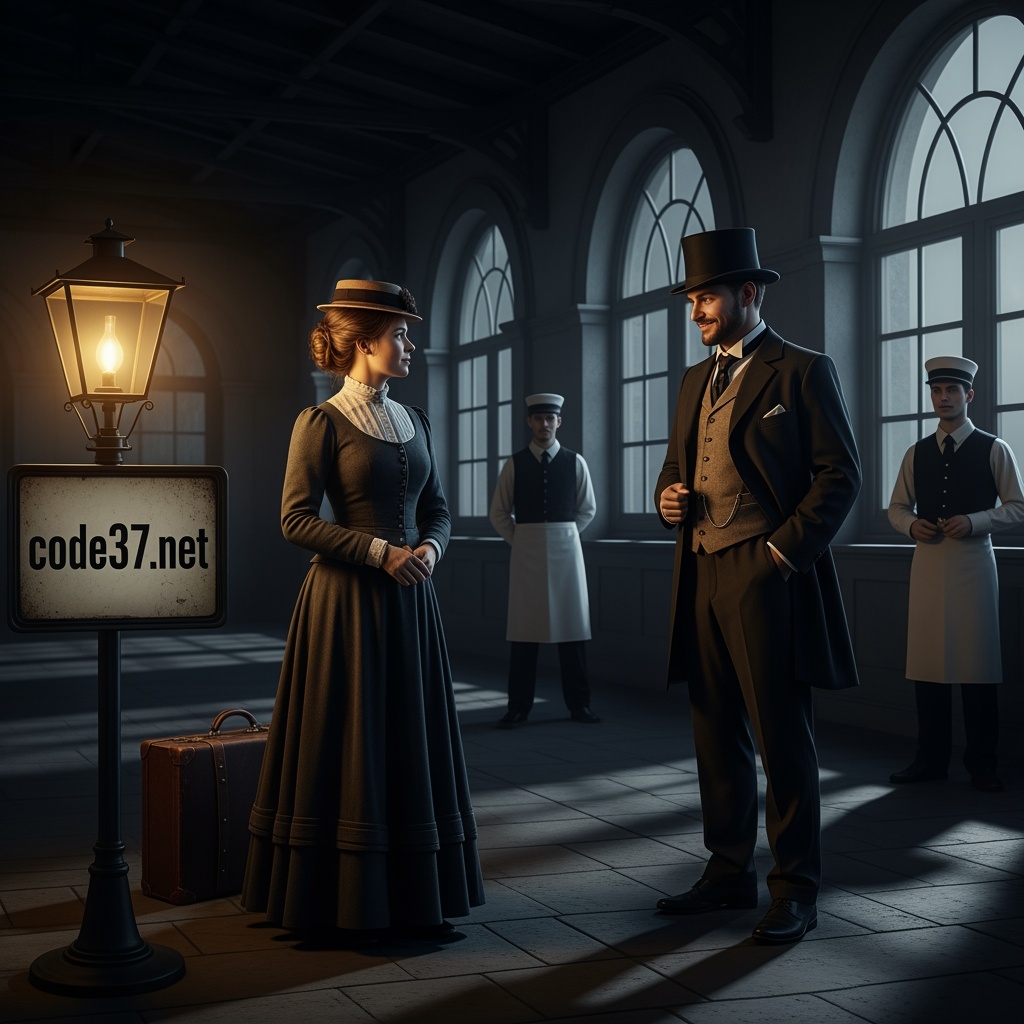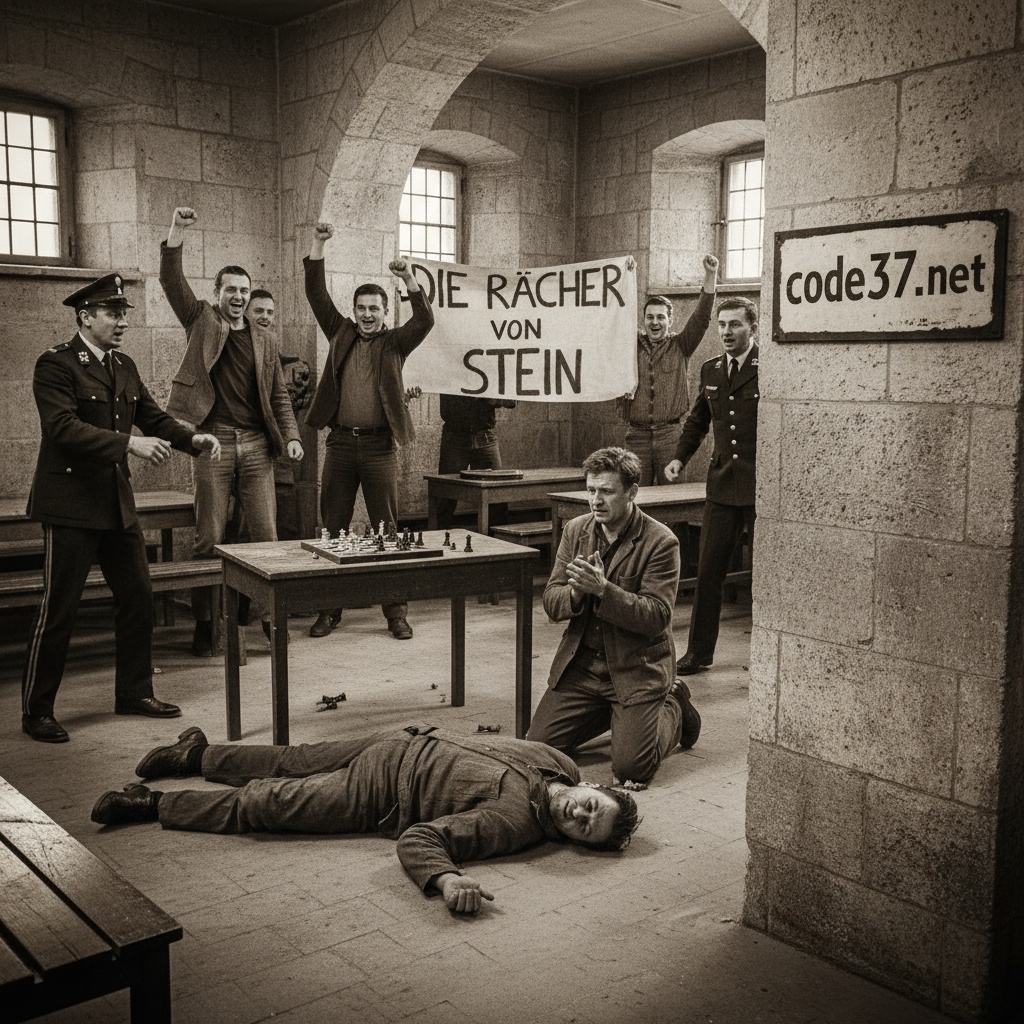
One of the most notorious and notorious German serial killers of the 20th century was undoubtedly Peter Kürten, better known as the Vampire of Düsseldorf. The name was derived from the fact that Peter Kürten occasionally drank the blood of his victims. Peter Kürten, who was born on May 26, 1883, in the industrial city of Mühlheim am Rhein to a working-class family with 13 children, did not have a happy childhood due to his violent and alcoholic father. His father regularly beat his wife and children. At the age of 5, Peter’s lust for murder was awakened when he accompanied a dog catcher who drowned two puppies in a stream. This was the trigger that led him to start hurting animals, which aroused him so much that he masturbated while doing so. At the age of 8, he ran away from home when his father once again beat his mother black and blue. Peter lived on the streets for three weeks, financing his livelihood with petty theft, until he was picked up by the police and returned home. A year later, Peter claimed to have pushed two boys into the Rhine to watch them drown. Whether this claim was true remained unclear due to lack of evidence. What is certain, however, is that Kürten set several fires at the age of nine. He enjoyed playing with fire until his family moved to Düsseldorf in 1894, where Peter Kürten attended elementary school in Gerresheim until 1897. He then began an apprenticeship in the foundry of a Düsseldorf factory where his father also worked. Shortly thereafter, his father was sentenced to 15 months in prison for sexually abusing his eldest daughter. During his apprenticeship, in which corporal punishment of apprentices was part of everyday life, Peter attracted attention for various offenses such as embezzlement, theft, and assault. On June 6, 1899, he was sentenced to his first prison term of two months for embezzling 100 marks in wages. This was followed by further prison sentences. At the age of 16, he began a relationship with an older woman named M. He moved into her apartment, where her 16-year-old daughter also lived. Their sexual practices alarmed the neighbors, as Kürten strangled and beat the woman with her consent. At some point, the woman ended her relationship with Peter. But Peter did not accept this and forced his way into the woman’s apartment, which earned him another prison sentence. Once again, this did not deter Kürten from breaking into her apartment again to threaten his ex-girlfriend, whereupon he ended up behind bars again. He then spent another three years in prison for dining and dashing, theft, and burglary. After his release, he lived briefly with his mother, who had since separated from his father, until he went to Rheydt, where he committed further robberies. Peter ended up back in prison. After his release, he committed his first proven murder on May 25, 1913. He broke into the apartment of the innkeeper Klein in Mülheim and slit the throat of his nine-year-old daughter Christine while she was sleeping. In the days that followed, he returned to the restaurant again and again to listen to descriptions of the murder. Since he had left a bloody handkerchief with the initials “P.K.” at the scene of the crime, suspicion initially fell on Christine’s father, whose name was Peter Klein and who therefore had the same initials as Peter Kürten. Later, the girl’s uncle became a suspect. But Peter Kürten himself did not come under the investigators’ scrutiny. After further acts of violence and arson, Kürten moved to Thuringia in 1921, where he married Auguste Scharf in August 1923. His wife had a previous conviction for manslaughter, which made him proud. She knew that Kürten was not a man of good character, but had no idea that she had married a murderer. In 1925, the couple moved to Düsseldorf. Kürten was always immaculately dressed with a neat parting in his hair and always carried a fine cloth in his pocket so he could polish his shoes at any time. Not only did he have excellent manners, he was also quite eloquent. But behind this facade of a nice fellow citizen lurked a monster. During the day, Peter Kürten played the role of a nice, unassuming citizen. But at night, he transformed into a cruel serial killer. He killed at least nine people and attempted to kill around 37 others. Between 1929 and 1930, eight brutal murders and over 20 attempted murders were recorded, all of which were attributed to Kürten. During this time, he also killed a swan in Düsseldorf’s Hofgarten park, decapitating it and drinking its blood. His crimes were particularly cruel, as he used scissors, knives, and even a hammer to kill his victims. The police created the first criminal profile in German criminal history and distributed brochures with the appeal: “Help us neutralize the Düsseldorf mass murderer!” Despite intensive investigations and a reward of 15,000 marks, Kürten remained unidentified for a long time. He even wrote letters to the police describing the hiding places of the bodies and mingled with the onlookers at the crime scenes. Ultimately, a coincidence led to his arrest. Maria Butlies, one of his surviving victims, wrote a letter to a friend describing Kürten and his house. However, this letter was misdelivered and ended up with the police. The clues led directly to Peter Kürten. But instead of arresting him immediately, Kürten received a summons for questioning by mail. Thus warned, he was able to flee. His wife was interrogated and confessed that Kürten had told her about his crimes. The police then arranged a meeting with her at the Rochus Church in Düsseldorf, where Kürten was arrested. Two victims clearly identified him, and Kürten finally confessed to his crimes. Kürten was examined for eight weeks in a sanatorium by doctors who attested to his sadistic tendencies but could not find any symptoms of mental illness. Peter Kürten was thus deemed sane and responsible for his actions. In the subsequent trial at the Düsseldorf Regional Court, Peter Kürten boasted about his crimes and enjoyed the attention. His description of the crimes drove the presiding judge, Rose, into a rage. On April 22, 1931, Kürten was sentenced to death nine times and also received a 15-year prison sentence. After an unsuccessful appeal for clemency, Peter Kürten was executed by guillotine on July 2, 1931, in Cologne’s Klingelpütz prison by executioner Carl Gröpler, who had also carried out the death sentence on Hanover mass murderer Fritz Haarmann. Peter Kürten’s last words before his execution were: “Tell me, when my head is cut off, will I still be able to hear the blood flowing from my throat? That would be a great joy.” Peter Kürten’s behavior was so disturbing that doctors examined his brain in the hope of finding physical differences. The murderer’s head was transferred to the US after World War II and is now on display at Ripley’s Believe It or Not! museum in Wisconsin. Thus ends the grim story of Peter Kürten, the “Vampire of Düsseldorf,” whose gruesome crimes not only terrorized the city but also went down in criminal history.




